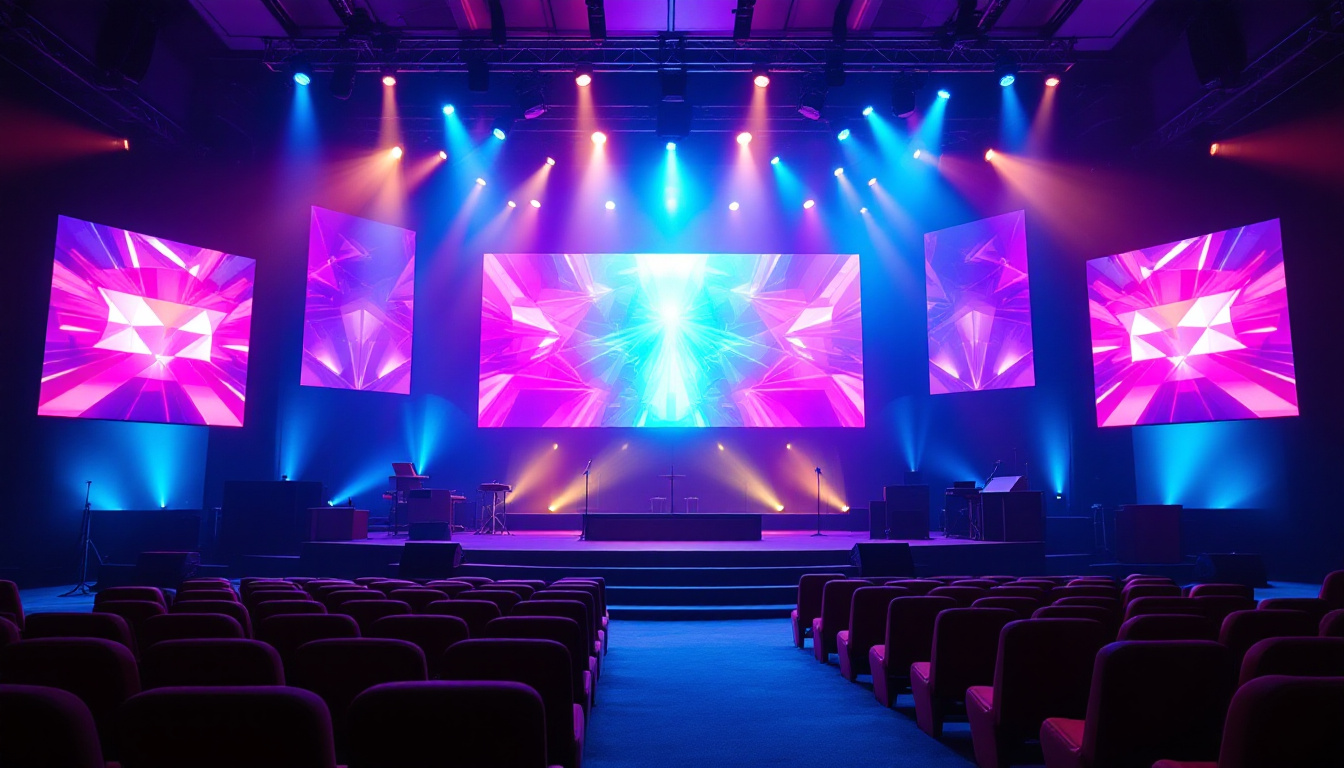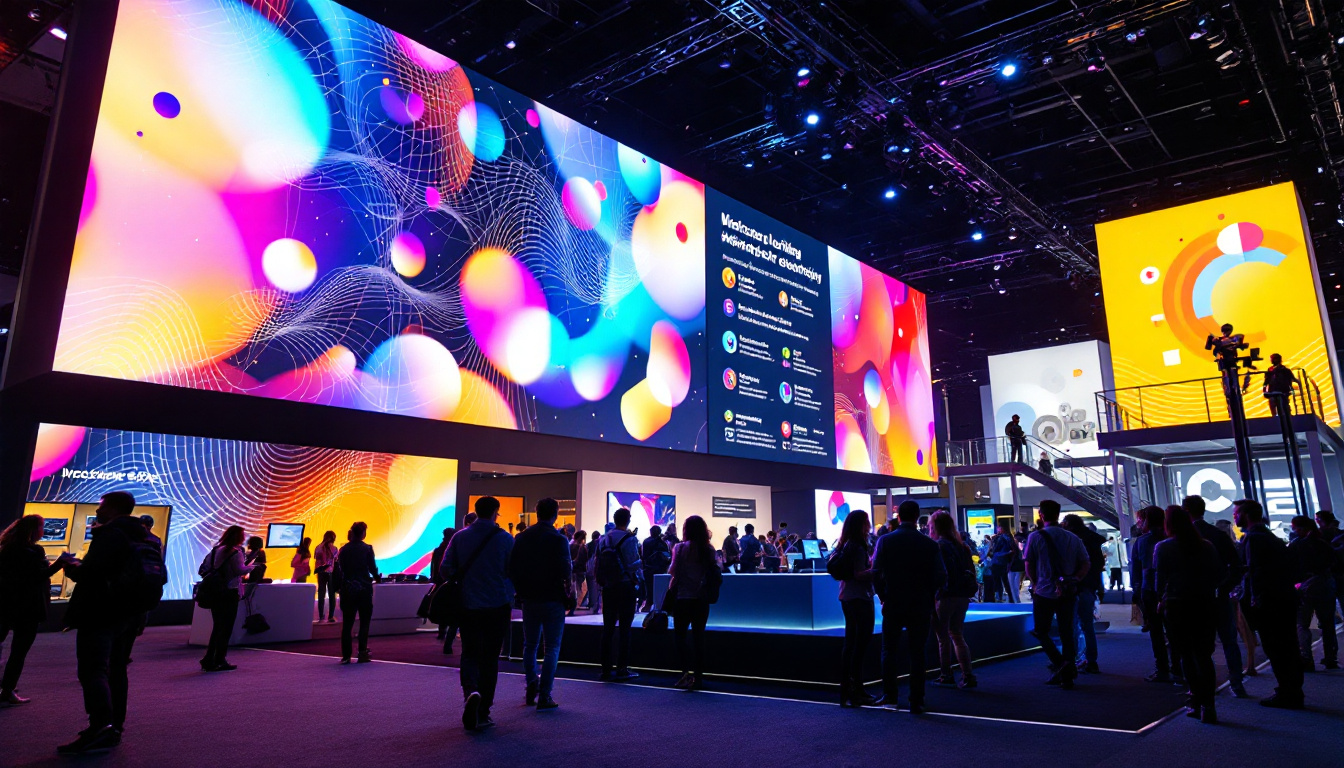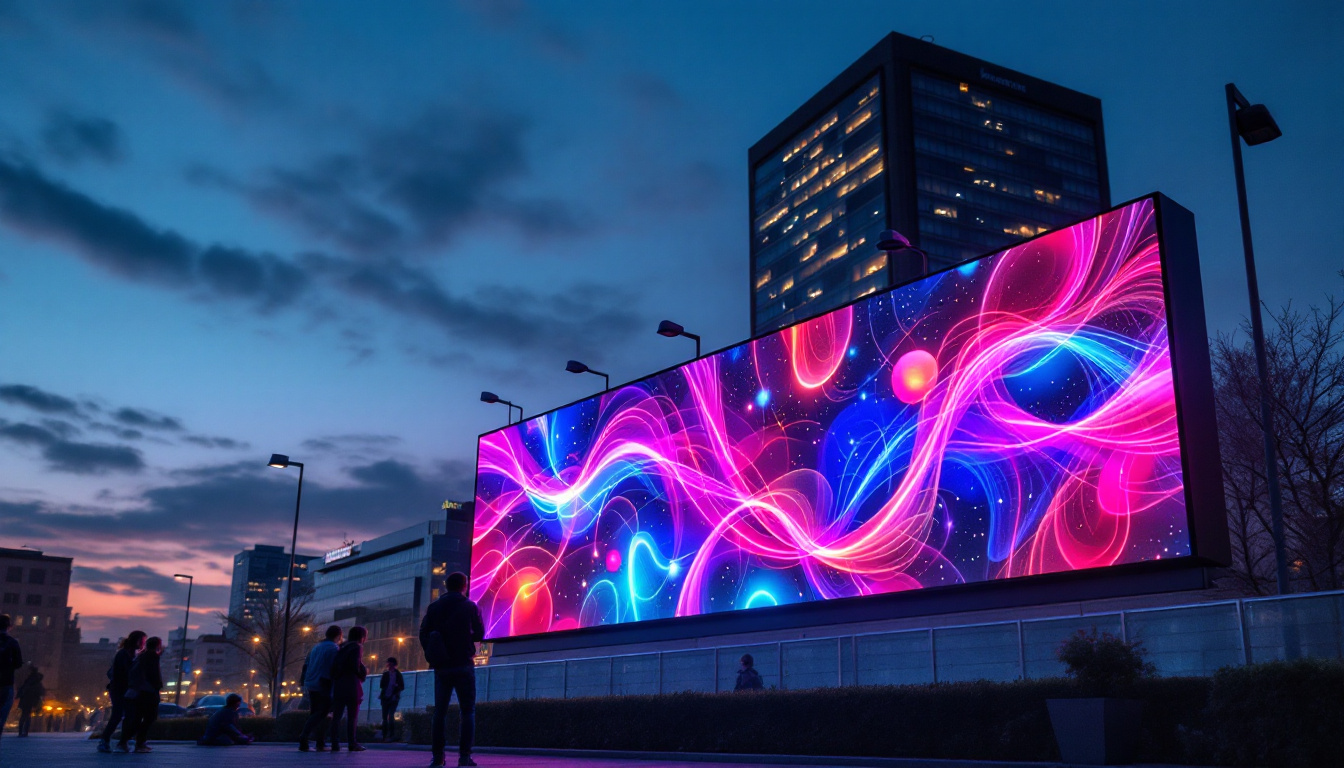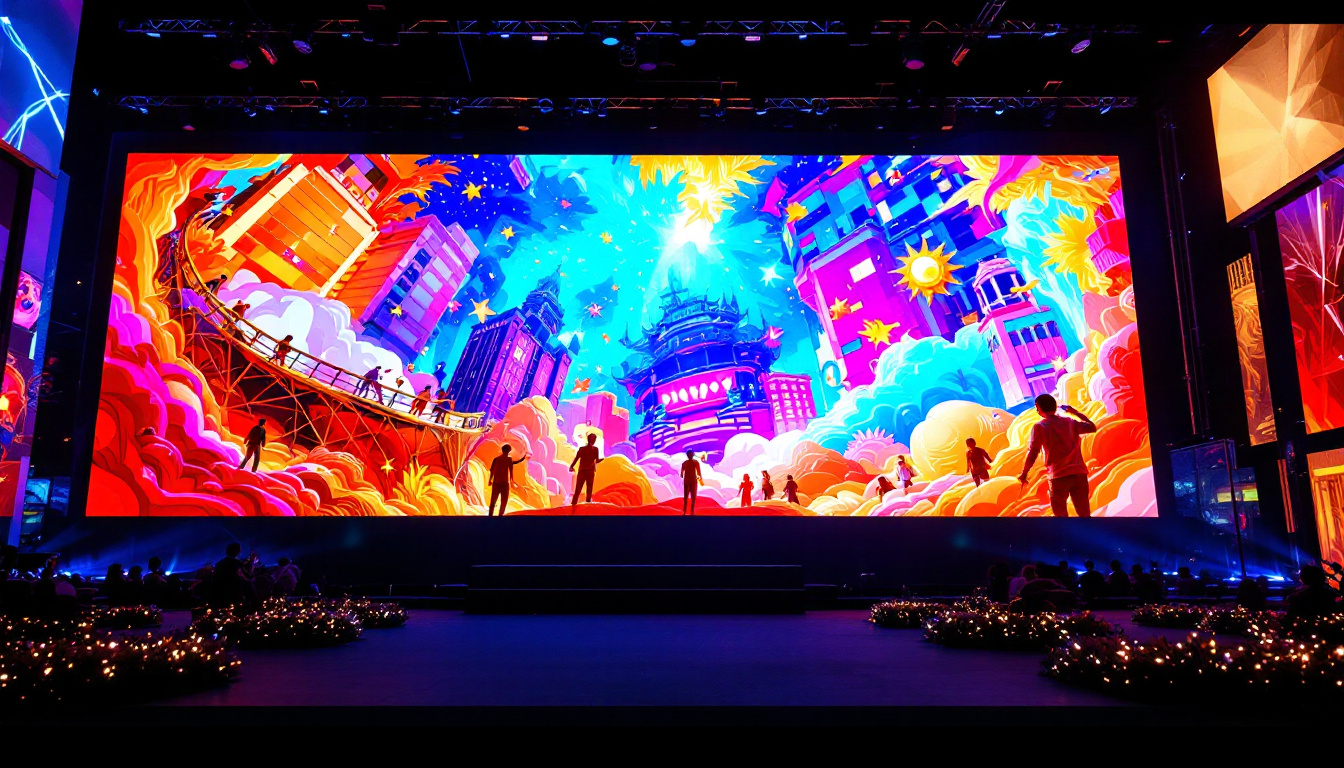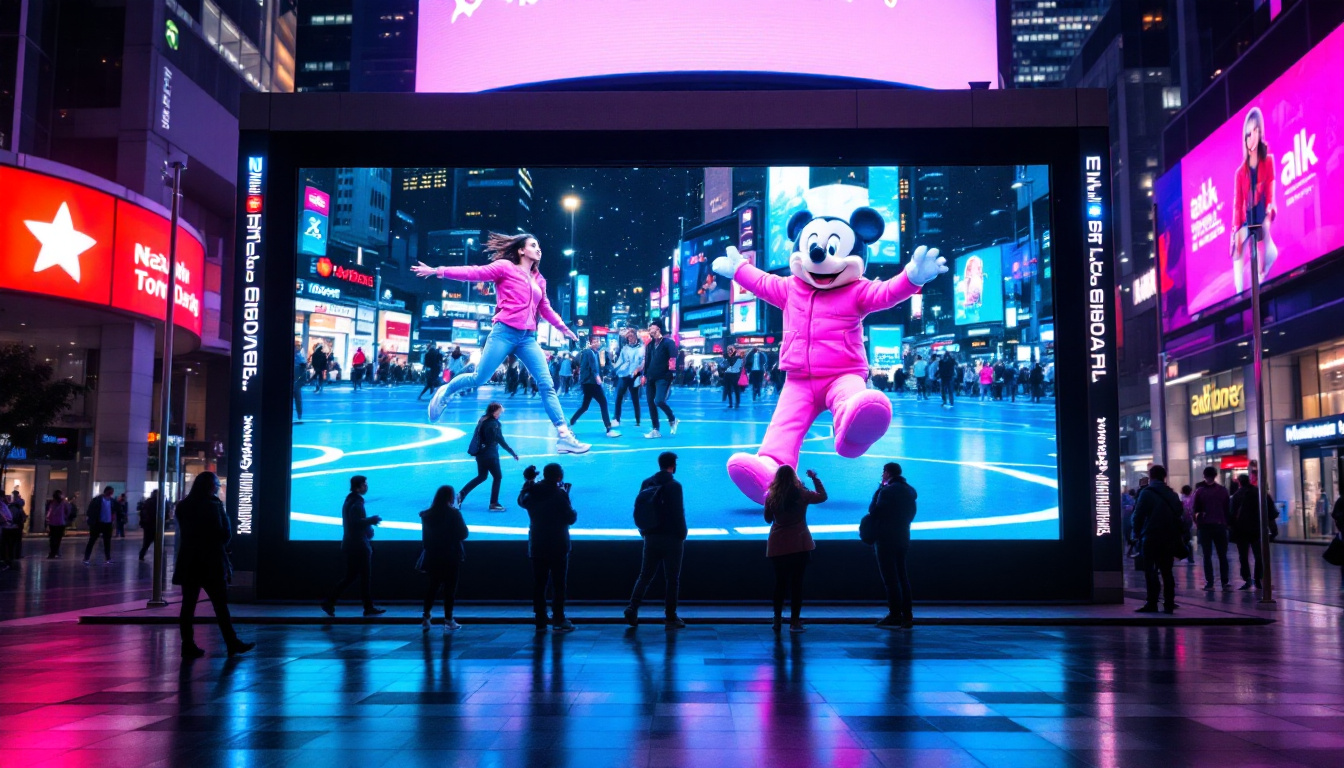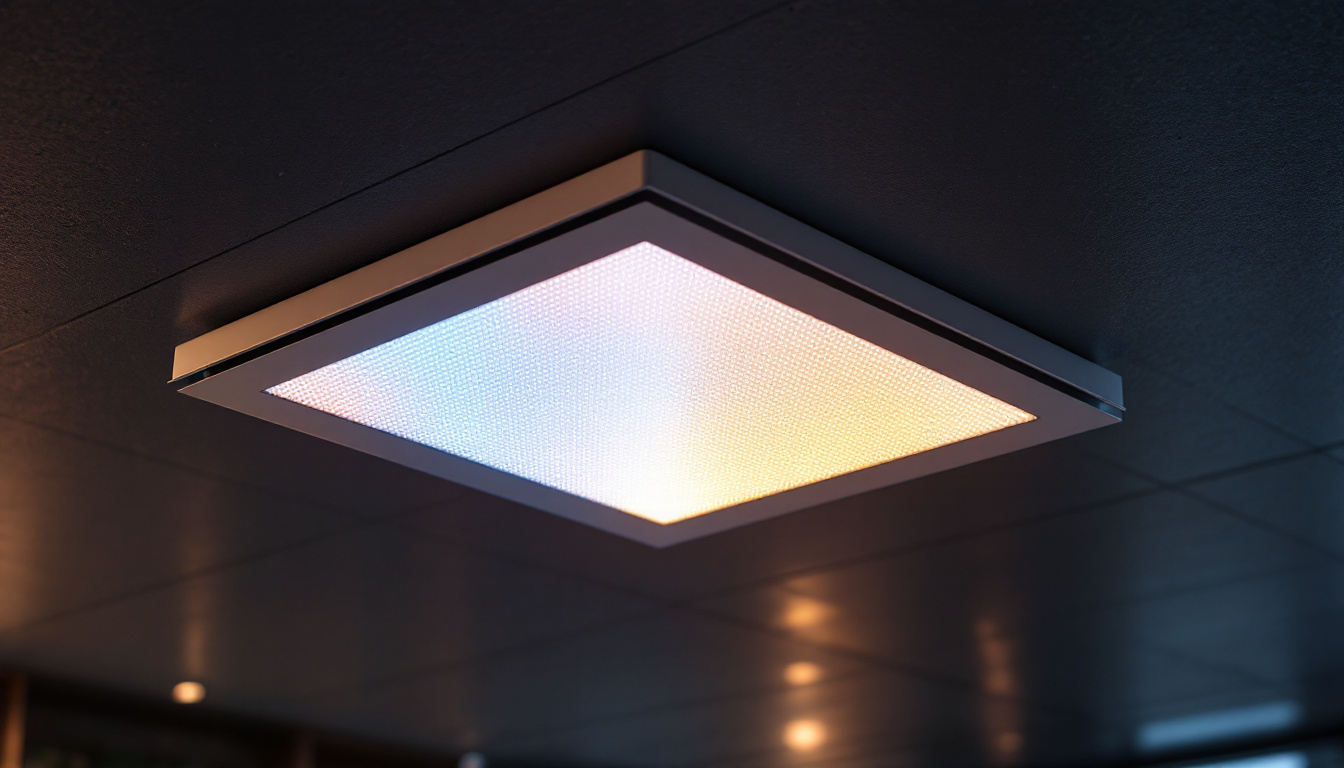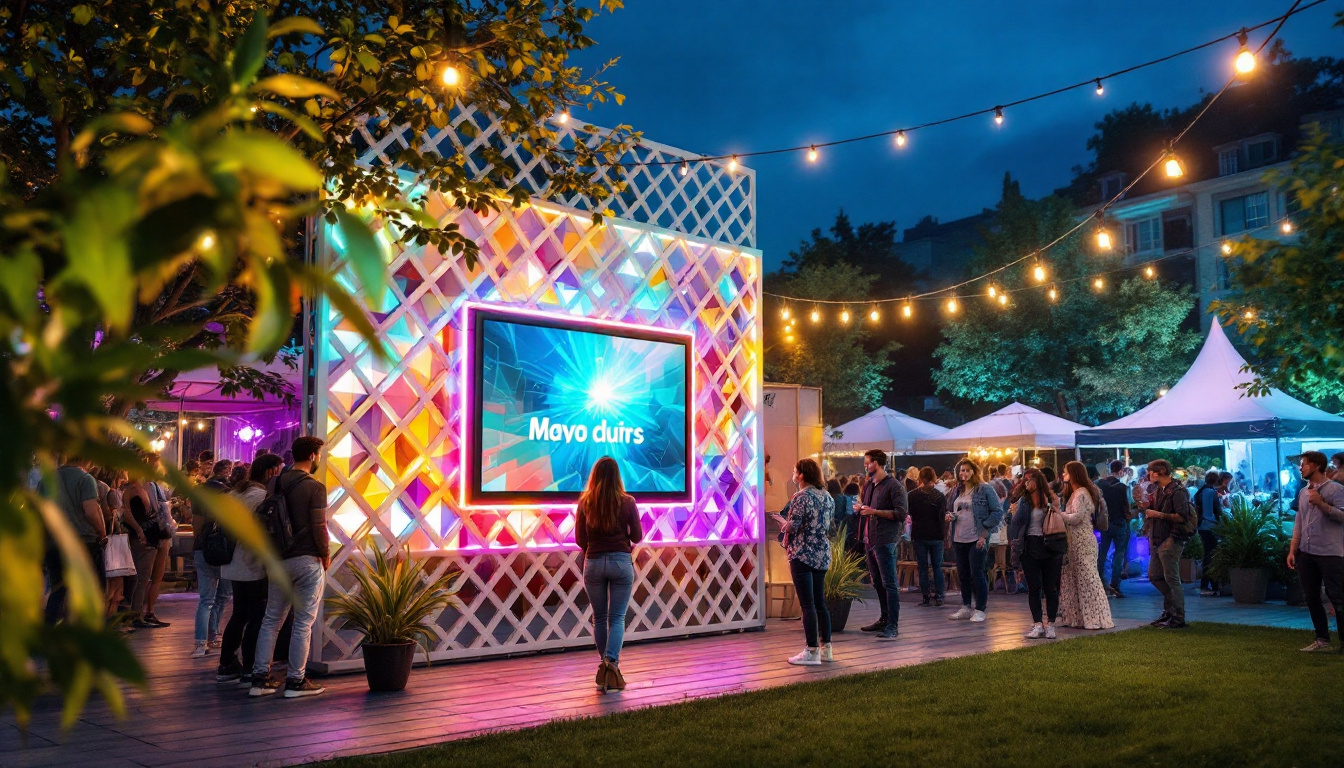In the modern era of worship, the integration of technology within church design has become essential. One of the most impactful elements of this technological revolution is the LED display. These vibrant screens not only enhance the visual experience but also play a crucial role in communication and engagement during services. This article delves into the various aspects of LED displays in stage church design, exploring their benefits, types, and best practices for implementation.
The Importance of LED Displays in Church Settings
LED displays have transformed the way churches communicate with their congregations. They serve as a dynamic medium for conveying messages, displaying lyrics, and enhancing the overall atmosphere of worship. The importance of these displays cannot be overstated, as they contribute significantly to the engagement and spiritual experience of attendees.
Enhanced Visual Communication
One of the primary advantages of LED displays is their ability to convey information visually. Whether it’s displaying song lyrics, sermon notes, or announcements, these screens provide clarity and focus. This visual communication helps to ensure that everyone in the congregation, regardless of their seating position, can participate fully in the service.
Moreover, the use of vibrant colors and high-definition imagery can evoke emotions and set the tone for worship. This sensory engagement can deepen the spiritual experience, allowing congregants to connect more profoundly with the message being delivered. The strategic placement of these displays throughout the sanctuary can also create a more immersive environment, drawing the congregation into a collective experience of worship that transcends mere auditory participation.
Dynamic Content Delivery
Unlike traditional projection systems, LED displays offer the ability to change content quickly and easily. This flexibility allows churches to adapt their presentations in real-time, responding to the needs of the congregation and the flow of the service. For instance, during a worship song, lyrics can be adjusted or highlighted to emphasize particular phrases, enhancing the congregational experience.
Additionally, LED displays can be used to showcase video content, such as testimonials or sermon illustrations, adding another layer to the worship experience. This dynamic content delivery keeps the service engaging and relevant, catering to diverse audiences. Churches can also incorporate live feeds of events, such as baptisms or community outreach activities, which not only informs but also fosters a sense of community and shared purpose among the congregation. Furthermore, with the integration of social media feeds, churches can encourage real-time interaction, allowing congregants to share their thoughts and experiences, thus creating a vibrant dialogue that extends beyond the walls of the church.
Types of LED Displays for Churches
When it comes to selecting LED displays for a church, there are several types to consider. Each type has its unique features and advantages, making it essential to choose the right one based on the specific needs of the congregation.
Indoor LED Displays
Indoor LED displays are designed for use within church buildings, typically in auditoriums or sanctuaries. These displays are characterized by their high resolution and brightness, ensuring that images and text are clear and vibrant even in well-lit environments. They are ideal for displaying lyrics, sermon notes, and other essential information during services.
Furthermore, indoor LED displays can be configured in various shapes and sizes, allowing for creative installations that enhance the church’s aesthetic. Whether mounted on walls, suspended from ceilings, or integrated into stage designs, these displays can be tailored to fit the unique architecture of the church. Additionally, many indoor displays now come equipped with advanced features such as touch interactivity and integration with worship software, enabling seamless transitions between different types of content, such as videos, announcements, and live feeds from the service.
Outdoor LED Displays
Outdoor LED displays serve a different purpose, often used for announcements, event promotions, and community outreach. These displays are built to withstand the elements, featuring weather-resistant materials and higher brightness levels to ensure visibility in direct sunlight.
For churches that host outdoor events or have a significant presence in their community, outdoor LED displays can be an invaluable tool. They can attract passersby, promote upcoming events, and foster a sense of community engagement. Beyond mere announcements, these displays can also be used for live streaming services or special events, allowing those who may not be able to attend in person to participate in the worship experience. Moreover, many outdoor displays are designed with energy efficiency in mind, utilizing LED technology that consumes less power while providing stunning visuals.
Modular LED Displays
Modular LED displays offer versatility and scalability, making them an excellent choice for churches looking to customize their visual experience. These displays consist of individual panels that can be arranged in various configurations, allowing for creative designs that fit the church’s stage or worship area.
One of the key benefits of modular LED displays is the ease of installation and maintenance. If a panel malfunctions, it can be replaced without needing to dismantle the entire display. This feature ensures that churches can maintain a professional appearance without significant downtime. Additionally, modular displays can be expanded over time as the needs of the church grow, making them a cost-effective long-term investment. With the ability to create dynamic visual presentations, churches can enhance their worship services, making them more engaging and impactful for congregants of all ages. Furthermore, the flexibility of modular systems allows for innovative designs that can transform the worship space for special occasions, such as holiday services or community outreach events, ensuring that the visual experience remains fresh and exciting.
Key Considerations for Implementing LED Displays
While the benefits of LED displays are clear, several factors must be considered when implementing them in a church setting. These considerations can help ensure that the investment is worthwhile and that the displays effectively enhance the worship experience.
Budget and Cost Analysis
Budgeting for LED displays can be a significant undertaking, as the costs can vary widely based on size, type, and technology. It’s essential to conduct a thorough cost analysis, considering not only the initial purchase price but also installation, maintenance, and potential upgrades in the future.
Many churches may find it beneficial to explore financing options or grants specifically designed for technology upgrades in places of worship. This approach can help alleviate the financial burden while still allowing for the implementation of cutting-edge technology.
Technical Specifications and Quality
When selecting an LED display, understanding technical specifications is crucial. Key factors to consider include resolution, brightness, refresh rate, and viewing angles. Higher resolution displays provide clearer images and text, while greater brightness ensures visibility in various lighting conditions.
Additionally, it’s essential to choose displays that offer a wide viewing angle, ensuring that congregants seated at different points in the auditorium can see the content clearly. Investing in high-quality displays can significantly enhance the overall experience for attendees.
Integration with Existing Technology
LED displays should seamlessly integrate with the church’s existing technology infrastructure. This includes sound systems, lighting, and presentation software. Ensuring compatibility can prevent technical issues during services and create a more cohesive worship experience.
Working with experienced AV professionals can help churches navigate the complexities of integration, ensuring that all systems work harmoniously together. This collaboration can lead to a more polished and professional presentation during services.
Best Practices for Using LED Displays in Worship
To maximize the effectiveness of LED displays in a church setting, several best practices should be followed. These practices can help ensure that the displays enhance the worship experience rather than distract from it.
Content Planning and Design
Effective content planning is vital for utilizing LED displays successfully. This involves creating a cohesive visual strategy that aligns with the church’s mission and values. Content should be designed to be easily readable, with clear fonts and contrasting colors that enhance visibility.
Additionally, incorporating multimedia elements, such as videos and animations, can make the content more engaging. However, it’s crucial to strike a balance; too much movement can be distracting, so content should be purposeful and relevant to the service.
Training and Familiarization
Staff and volunteers should receive training on how to operate the LED displays effectively. Familiarization with the technology can prevent technical difficulties during services and ensure that the displays are used to their full potential.
Regular practice sessions can help build confidence among the team, allowing them to handle any unexpected issues that may arise. This proactive approach can lead to smoother services and a more professional presentation overall.
Feedback and Continuous Improvement
Gathering feedback from congregants about the use of LED displays can provide valuable insights into what works and what doesn’t. This feedback can guide future content planning and technology upgrades, ensuring that the displays continue to meet the needs of the congregation.
Continuous improvement is key in leveraging technology effectively. As new advancements emerge, churches should remain open to exploring new options that can enhance the worship experience further.
Conclusion
LED displays have revolutionized stage church design, offering dynamic and engaging ways to communicate with congregations. By understanding the importance of these displays, exploring the various types available, and implementing best practices, churches can create a visually stunning and spiritually enriching environment for worship.
As technology continues to evolve, embracing these advancements can help churches connect with their communities in meaningful ways. Investing in LED displays is not just about enhancing aesthetics; it’s about fostering a deeper connection between the church and its congregation, ultimately enriching the worship experience for all.
Discover LumenMatrix LED Display Solutions
Ready to elevate your church’s worship experience with the latest in LED display technology? Look no further than LumenMatrix, a leader in innovative LED solutions. From Indoor and Outdoor LED Wall Displays to specialized options like Vehicle, Sports, and Floor LED Displays, LumenMatrix offers a wide range of products designed to captivate and engage your congregation. Embrace the future of visual communication with our Custom, All-in-One, and Transparent LED Displays, and see how our commitment to excellence can transform your worship space. Check out LumenMatrix LED Display Solutions today and bring your church’s message to life with clarity and impact.

